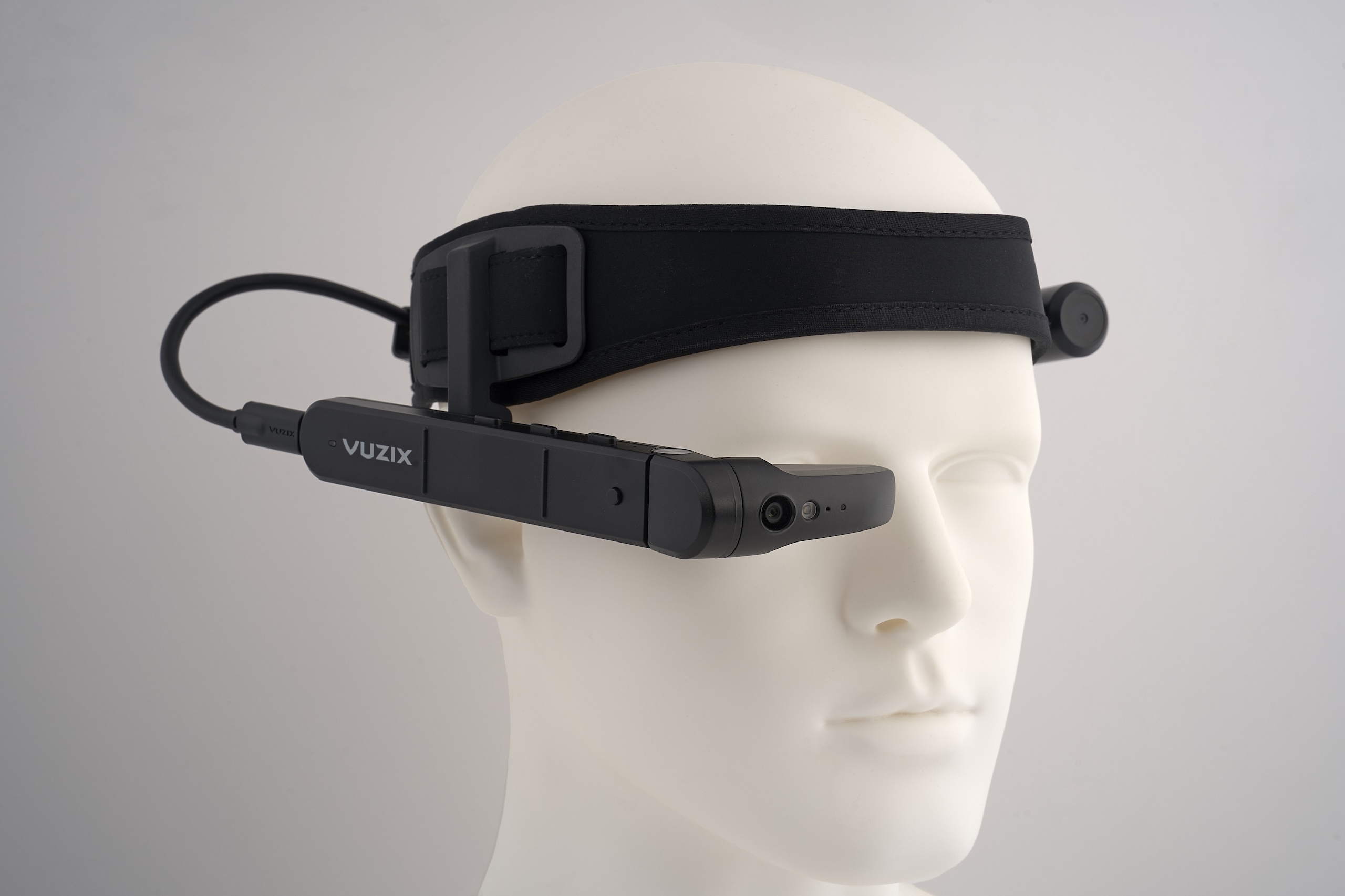Why AR is good for Automation of Warehouse
July 10, 2025

Imagine a way in which warehouses activities can be optimized up to 75% by harnessing the power of automation through AR, allowing them to save resources that can then be reinvested and even generate a profit, by simply optimizing processes. Augmented Reality (AR) is by itself allowing a most efficient physical interaction in the industry, allowing the possibility of processing in real time information received by means of cameras and sensors and providing feedback, be it an external agent providing support or the idea of completing tasks assisted by the AR technology opens the possibility to perform tasks in the most efficient way possible. This is a trend that has taken place everywhere in industry, tailored to every department and increasing competitiveness, and warehouses are not left behind.
How does AR work
Augmented Reality (AR) offers the benefit of providing virtual interactions in real time as we move in the real world, effectively blending digital information with the real world, helping to increase accuracy through given instructions that deploy from simply scanning code tags, doing gestures or providing voice commands. The worker or associate simply receives visual cues on their devices which allow them to seamlessly perform their activities.
AR Tools
Upon the diversity of devices that are now part of IoT environments, all of them equipped with cameras and all sorts of sensors, they facilitate the integration of AR into the required activities inside warehouses and the industry in general. Each one has its pros and cons, adapting to meet the needs and restrictions of every sector.
The first line of true interaction between user and AR in terms of easiness might be the Smart glasses, as the one shown. This model depicted in the picture is the Vuzix M400. It integrates a small processing unit (microcontroller), altogether with a camera, barcode scanner and power source (battery), including some interaction buttons. Containing an Android operating system and with wireless connection, it is a phone but adapted to work as glasses with a mini screen that mimics the LED visualizer.
Smartphones themselves and tablets with android-based operating systems offer alternatives as well to obtain real time data and instructions based on sensors, however they require one hand to hold at least, making it less suitable for activities that require both hands. They also represent cheaper solutions as compared to smart glasses, making them more affordable.
AR in Action
Some key ways in which AR can help make the picking, transporting and loading process more efficient are by means of providing in real time the shortest and more efficient routes. While there are algorithms that allow the user to choose the most efficient route along a warehouse, these are sometimes displayed on paper-based charts or instructions on a phone, which may not be so convenient. Proactively tipping these instructions on a small screen as the one integrated in smart glasses is intended to provide that freedom, allowing hands-free experience to perform other tasks, speeding up the process of picking, transporting and loading products.
Human Error
Activities performed by warehouse workers (human factors) account for nearly 90% of errors in warehouses, that may lead to damage of packages, incorrect deliveries or missing packages, impacting profitability and customer satisfaction. Reducing worker effort through AR integration helps minimize these risks.
Integration into Information Systems
Every warehouse has a Warehouse Management System (WMS), and our task is to work with the customer in such a way that our solution can, if not replace, offer seamless integration with the current technologies in the warehouses. Older systems might require upgrades of hardware and software, and very likely the acquisition of new devices to perform new tasks, based on AR integration.
The access to databases in the cloud possesses a great advantage, since they can be updated and consulted in real time, providing the possibility of taking informed decisions very quickly.
Early Integration
A phased integration can be expected as part of a full scale one, which is necessary so that disruptions can be minimized and the expansion can be conducted gradually, adapting to new procedures and overtaking traditional ones for more efficient techniques.
Near Future of AR in Warehousing
AR includes every time more ways to blend out the limit between reality and the digital instructions or virtual interaction, providing an in-depth immersive experience for the warehouse worker. While fully automated warehouses are a dream for every company, the cost associated with it might be still overwhelming, which is why finding more accurate and convenient ways to provide instructions to workers might be seen as a long-term solution for some companies.
Final Thoughts
The implementation of AR into the automation of warehouses offers an insight into the future, allowing the possibility of enhancing inventory management, boosting safety and reducing human error. Harnessing the power of AR will allow us to remain competitive, saving on costs from errors which could turn and be seen as a long-term investment with a revenue period.